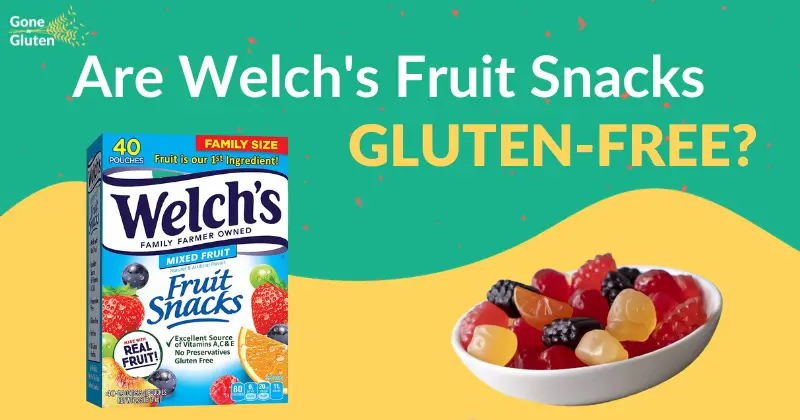So, you’ve decided that you want to try a gluten-free diet… The only problem is that many of the popular gluten-free food options will also burn a hole in your wallet. $7 loaves of bread? $9 for a box of cereal? The prices of gluten-free alternatives are almost double the cost of traditional gluten-containing foods.
Many people end up leaving the supermarket discouraged that they’ll never be able to afford a gluten-free diet. Believe me; I was once in the same boat. That’s when I made it my goal to learn how to eat gluten-free on a budget.
If you’re in a rush, here’s the short-list:
- Buy foods that are naturally gluten-free.
- Buy the cheapest gluten-free carbs.
- Learn how to cook gluten-free food.
- Buy bulk ingredients and save money.
- Freeze ingredients and food.
- Try a gluten-free meal delivery plan.
- Use coupons at the store.
- Create a gluten-free meal plan.
Below, I’m going to break down each of these tips in further detail so you can eat gluten-free without breaking the bank! Are you ready to change the way you eat?
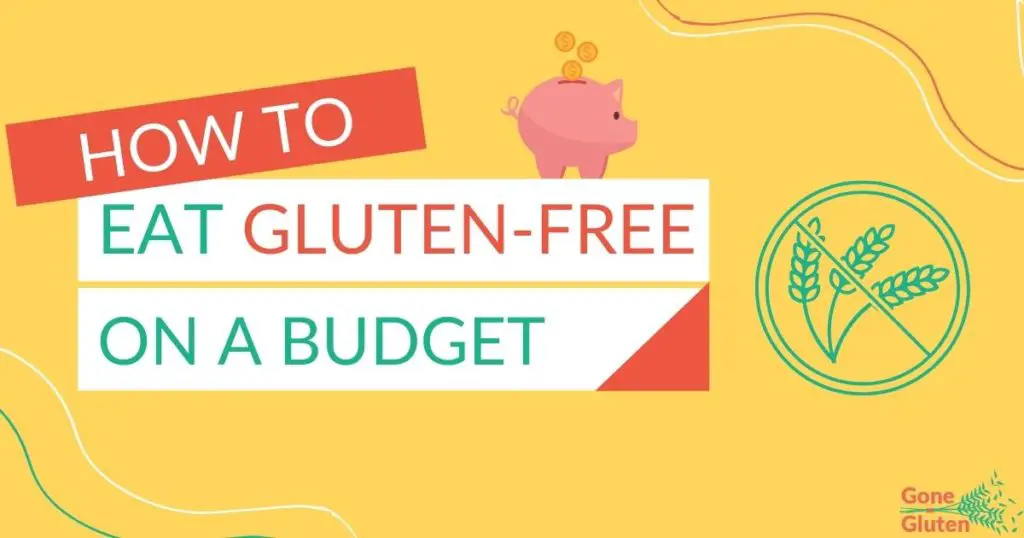
Eating Gluten-Free On A Budget: Step-by-Step
If you walk into your local organic grocery store or Whole Foods Market, you’ll undoubtedly see tons of gluten-free options. Okay, well maybe not tons, but they’ll typically have a whole aisle dedicated to gluten-free foods. There’s only one small problem…
The cost of most gluten-free food is astronomical!
At least, that’s what they want you to think. The truth is that a gluten-free diet doesn’t have to be half as expensive as you think it is. With a little bit of creativity and the addition of some smart shopping habits, you’ll be able to eat a healthy, gluten-free diet AND save money. If you’re new to gluten-free living, then be sure to check out our gluten-free lifestyle blog for more great tips!
So, without further ado, here are 6 Tips For How To Eat Gluten-Free On A Budget.
1) Buy Foods That Are Naturally Gluten-Free

Here’s a big secret – there are a lot more gluten-free food options on the market than you may think.
The only catch is that you probably won’t find them on the gluten-free aisle at the store. There are tons of naturally gluten-free foods that contain no wheat or grain-based ingredients whatsoever, such as:
- Poultry (chicken, turkey, eggs).
- Red meat (steak, pork, bacon).
- Seafood.
- Beans and lentils.
- Brown rice.
- Root vegetables, such as potatoes, beets, and carrots.
- Green leafy vegetables.
- Fruits.
- Nuts.
- …and more!
As you can see, most of these options don’t have a lot of added sugar or excess carbs. This is how people used to eat hundreds of years ago, before the invention of white flour, fried food, and modern food processing. You can easily make a delicious, filling meal from chicken breast, sweet potatoes, and brown rice that costs less than $5 and contains absolutely no gluten!
Pro Tip: If you’re looking for something sweet for dessert, the original Reese’s Cups are 100% gluten-free. Ice cream, by itself, is also gluten-free (as long as it doesn’t contain any gluten-containing additives)!
2) Go For The Cheapest Gluten-Free Carbs

Some of the most popular gluten-free carbs on the market are a bit of a novelty. Often referred to as “ancient grains,” they consist of buckwheat, quinoa, millet, and other lesser-known grains. Due to the lower demand for these items, they often cost a good bit more than traditional flour.
That being said, several gluten-free flour options are more widespread and cheaper, such as rice flour and cornflour (or maize, depending on the store you’re in).
Why Is Gluten-Free Food So Expensive?

Since we’re on the topic, you may be wondering, “Why is gluten-free food so expensive, in the first place?” Well, there are a couple of different reasons.
The main reason why gluten-free food options are more expensive is that they’re substitutions for our favorite gluten-containing snack foods. You see, a lot of people who go gluten-free aren’t willing to give up on cereal, bread, pasta, and their other usual snacks. Gluten-free food companies often exploit this need and upcharge their products.
The second reason why eating gluten-free can be expensive is that gluten-free food processing facilities often have to undergo more expensive processes to produce their food. For example, they may have to pay a company to inspect the facility to ensure that there is no gluten contamination or spend extra money decontaminating equipment.
Last but not least, the demand for gluten-free food isn’t as big as the demand for regular food. This means that gluten-free alternatives are a niche item. Since there aren’t a lot of competitors, the few gluten-free food companies on the market get to set the price.
3) Learn How To Cook Gluten-Free Food
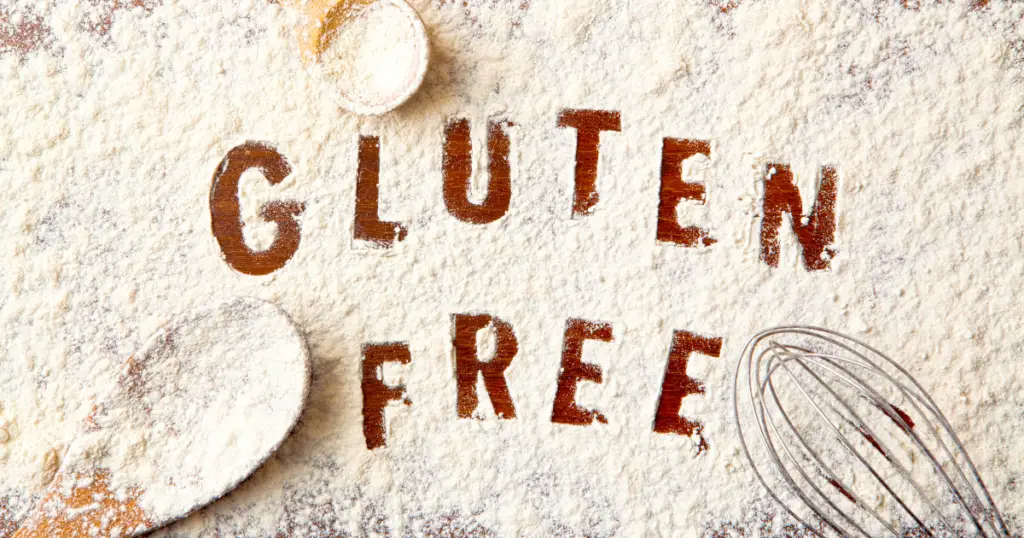
As we mentioned, there are a number of gluten-free alternatives to your favorite foods, such as:
- Gluten-free pasta.
- Gluten-free frozen pizza.
- Gluten-free cake mix.
- Gluten-free bread.
However, almost all of these alternatives come pre-packaged and are more expensive than I’m usually willing to pay. One of the coolest things about going gluten was learning an alternative way to cooking!
That’s right, one of the best ways to eat your favorite gluten-free foods on a budget is to make them yourself. As you saw in step one, there are more obvious gluten-free foods like meat and rice. Whenever I want a gluten-free pizza or gluten-free bread, though, I don’t buy it; I cook it.
I’ll be honest, some of these ingredients I had never heard of before let alone cooked with, so I had a bit of a learning curve. It can take some time to get comfortable with this new way of cooking, but if I can do it so can you! For example, here’s an awesome recipe for gluten-free pizza dough that you can use to make your own pizza with:
Once you have the basic ingredients, cooking delicious gluten-free alternatives will be a breeze. You never know, it might just turn into your new weekend hobby!
4) Buy Bulk Ingredients & Save Money
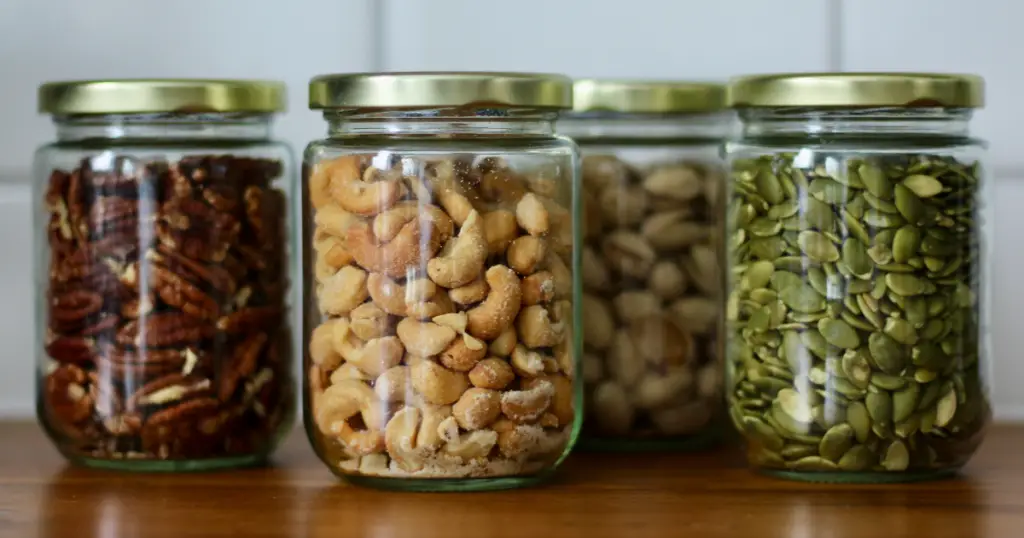
Whether you’re making your own gluten-free food or you’re looking to purchase pre-packaged gluten-free snacks, buying in bulk will save you a mountain of cash in the long run. If you’re lucky enough to have a Costco, Sam’s Club, or another wholesale food store in your area, take advantage of it and stock up on staples like gluten-free flour, meat, and fresh veggies.
5) Don’t Be Afraid To Freeze Your Food
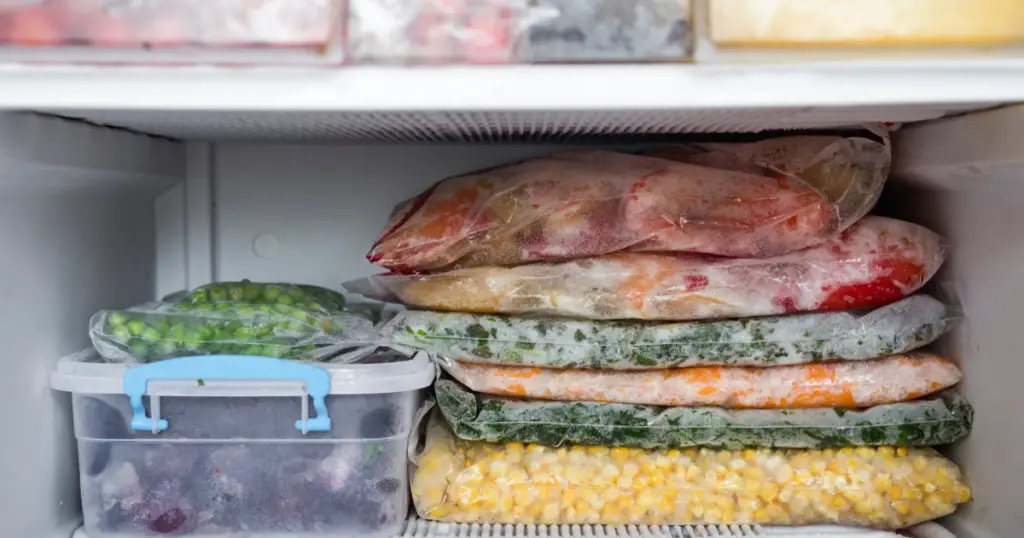
Admittedly, there’s a bit of a negative connotation when it comes to frozen food. However, this is mainly in regards to processed frozen meals. Freezing your homemade food and ingredients is the best way to keep them fresh without sacrificing their nutritional quality.
For example, whenever I make gluten-free dough, I usually make a large amount, use what I need for my recipe, and then freeze the rest. The next time I want to bake bread, I just take the pre-made dough out of the freezer and let it defrost for a day!
If you’re buying perishable food like meat, berries, and other fruits in bulk, then freezing is the best way to ensure that nothing goes bad before you get a chance to eat it.
6) Create A Meal Plan & Stick To It
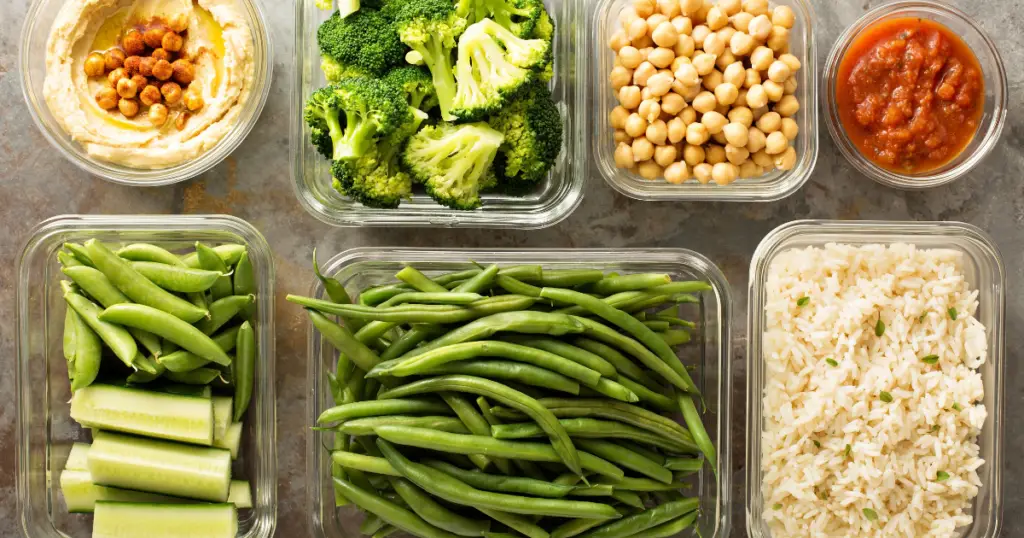
If you’re serious about going gluten-free and you want to save money while sticking with your diet, then creating a meal plan is vital to your success. Why? Well here’s a few quick reasons:
- A meal plan will keep you from eating out and overpaying at restaurants.
- A meal plan gives you complete control, so you can be 100% sure that your food is gluten-free.
- A meal plan keeps you from overeating and snacking throughout the day, which can be a big problem if you’re trying to maintain a healthy weight.
- A meal plan gives you a set schedule of meals, so you’re not tempted to eat gluten-containing foods.
Create a list of meals for the week and the ingredients that you’ll need to make a large portion of each meal. Then, dedicate a few hours to cooking and packaging your daily meals in to-go containers.
That way, no matter how busy you may get, you’ll always be able to reach in your fridge and pull out a healthy pre-made meal!
So, can you eat gluten-free and still save money?
Yes! You don’t have to have a trust fund or be a millionaire to eat gluten-free. Although many gluten-free items are expensive, there are ways to save money while eating gluten-free. You just have to be smart about how you shop.
Final Tips
See? You don’t have to spend an arm and a leg to go gluten-free. As long as you’re willing to put in a bit of planning, shop smart, and learn some basic cooking skills, eating a gluten-free diet doesn’t have to be any more expensive than what you were used to eating before.
If you’re interested in learning more about me and why I chose to switch to a gluten-free diet, then check out my story here!

